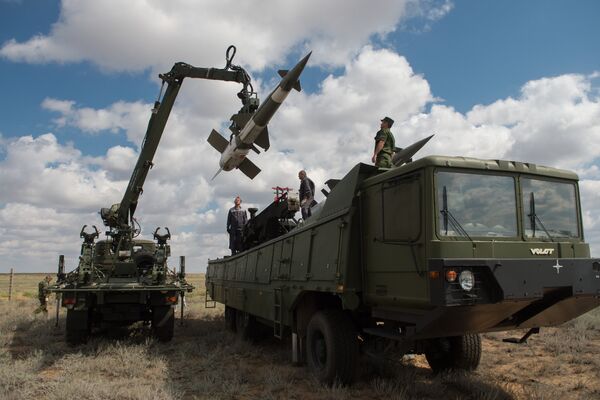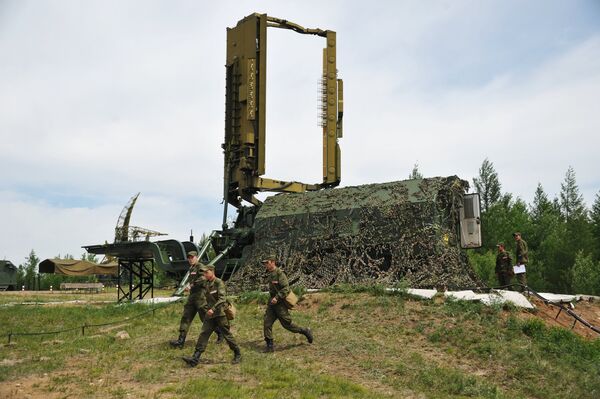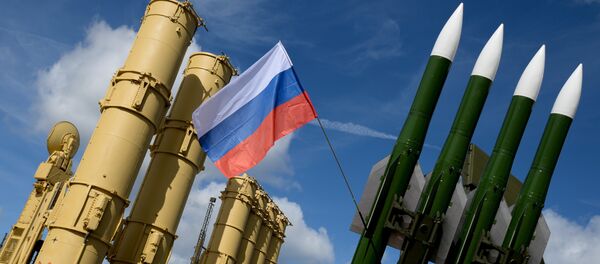In an interview for Krasnaya Zvezda ('Red Star'), the official newspaper of the Russian Ministry of Defense, Bondarev, who also serves as chair of the coordinating committee of the Joint Commonwealth of Independent States (CIS) Air Defense System, said there was a broader significance to the regional air defensive structure, work on which continues to progress.
"On the one hand, the creation of unified regional systems promotes the further development of the Joint CIS Air Defense System, and on the other, it provides an excellent opportunity to strengthen the air defense in this particular geopolitical direction," Bondarev said.
"At the moment, work is underway on the practical implementation of these agreements. Similar agreements have been developed with Kyrgyzstan and Tajikistan, and presently they are undergoing procedures for inter-departmental approval," Bondarev added.
The senior officer stressed that very close attention is being paid to the expanded military-technical cooperation going on in the framework of the Joint CIS Air Defense System.
Specifically, Bondarev explained that "the main of these measures include the supply of anti-aircraft missile systems to Kazakhstan, the provision of modern communications systems to Kyrgyzstan, the supply of aircraft and anti-aircraft missile technology to Tajikistan, and the supply of spare parts and equipment for air defense equipment in Armenia and Belarus."

Over the space of two decades, members of the Joint CIS Air Defense System have taken part in dozens of joint air defense drills and war games involving fighters, bombers, long-range aviation, attack helicopters, radar surveillance and early warning systems, as well as anti-aircraft missile units and radioelectronic defense troops.
Bondarev revealed that at the moment, the assets of the Joint CIS Air Defense System include 19 aviation units, 38 anti-aircraft missile troops units, 15 radio-radar troops units, 9 air defense brigades, and three units of radioelectronic warfare troops. "The existing composition of forces and resources is sufficient for the successful completion of air defense tasks, but it can be increased if necessary," the senior officer said.
According to the commander, efforts to improve the work of the Joint CIS Air Defense System are conducted in accordance with the main directions of the agreement. "In the near future, the current draft document will be submitted for consideration by the Council of the Heads of State of the CIS, in accordance with established procedure," he said.

On Sunday, Dmitri Shugaev, the head of the Russian Federal Service for Military-Technical Cooperation, the body charged with managing military-technical cooperation with other states, told Sputnik that Russia was on track to continue supplying advanced defense products, including helicopters, air defense system and armored vehicles, to CSTO countries including Belarus, Armenia and Kazakhstan.




